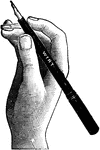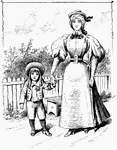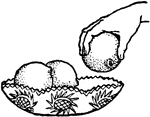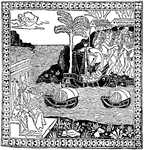
Graeco-Italic Hand-Hydria
This Graeco-Italic hand-hydria is made out of clay and is unpainted. It is smaller and a slenderer hydria…

Graeco-Italic Hand-Hydria
This Graeco-Italic hand-hydria is made out of clay and is unpainted. It is smaller and a slenderer hydria…
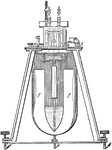
Quadrant Electrometer
An illustration of a quadrant electrometer. An electrometer is an electrical instrument for measuring…
!["A pipe of this nature fitted with a piece of glass so as to exhibit the reed (which is a "free reed") is shown in [the illustration]. Q is the wind-chest of the bellows, into which P is fitted. In the right-hand figure the upper part of the pope is removed, so as to show the reed more clearly. A plate of metal c c, has a slit but in it, in which the tongue I may just past. By means of a curved wire, r, projecting above the top of the pipe, and the play of the tongue may be controlled and the pipe tuned. The conical pipe, H, placed at the top, serves to increase the power of the sound". -Benson, 1891](https://etc.usf.edu/clipart/62100/62146/62146_reed_mth.gif)
Reed
"A pipe of this nature fitted with a piece of glass so as to exhibit the reed (which is a "free reed")…

Types of Files
"Files. a, cotter-file when large, and verge- or pivot-file when small; b, square file (parallel or…
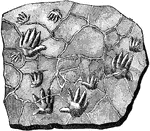
Chirotherium Tracks
Tracks of Chirotherium or "hand-beast" in Buntsandstein found in Hessbeg, Germany.
Fire Arrows of the 14th and 15th Centuries
"Fire-arrows, 14th and 15th centuries. An arrow formerly used, whether shot from a hand-bow or from…

Block Faulting, Sandia Mountains
The mass consists of crystalline rocks, shown by dots, covered by limestones and other sediments, which…

Wayland Valleys
Diagram illustrating the relation of the Dansville to the Wayland Valleys. The floor of the Wayland…
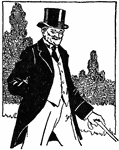
Man with Hat and Cane
An illustration of a man wearing a black top hat and holding a cane in his left hand.

Boy Sitting in Chair with Book
An illustration of a young boy sitting in a chair with a book in his hand.
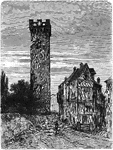
Tower of Goetz
Located in Heilbronn, a city in the north of Baden-Wirttemburg, Germany, is the tower of an old fortress…

Advantage Rebus
"A bird in the hand is worth two in the bush." Its better to have a small advantage rather than a greater…
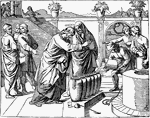
The Water Turned into Wine at Cana of Galilee
"And there were set there six waterpots of stone, after the manner of the purifying of the Jews, containing…
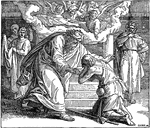
The Return of the Prodigal Son
"And he arose, and came to his father. But when he was yet a great way off, his father saw him, and…
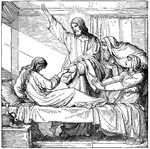
Christ Raising the Daughter of Jairus
"While he yet spake, there came from the ruler of the synagogue's house certain which said, Thy daughter…
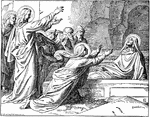
The Raising of Lazarus
"And when he thus had spoken, he cried with a loud voice, Lazarus, come forth. And he that was dead…
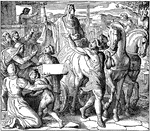
Joseph Proclaimed Ruler of Egypt
"And he made him to ride in the second chariot which he had; and they cried before him, Bow the knee:…

The Feast of the Passover
"And thus shall ye eat it; with your loins girded, your shoes on your feet, and your staff in your hand;…
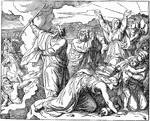
Pharaoh's Host Destroyed
"And Moses stretched out his hand over the sea; and Jehovah caused the sea to go back by a strong east…
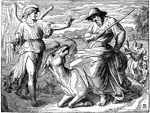
Balaam Met by the Angel of the Lord
"Then the LORD opened the eyes of Balaam, and he saw the angel of the LORD standing in the way, and…

Explanatory Diagram
1) The first or index finger. 2) The second or middle finger. 3) The third finger. 4) The fourth finger.…
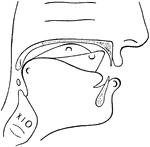
Physiological Bases of the Visible Speech Symbols for Consonants
Physiological Bases of the Visible Speech Symbols - Consonants. In representing the consonant a peculiar…
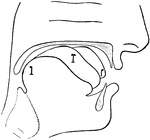
Physiological Bases of the Visible Speech Symbols for Vowels
Physiological Bases of the Visible Speech Symbols - Vowels. In representing the vowel classification…

Code of English Sounds
Chart illustrating 45 hand positions representing sounds in the English language as described in the…

Non-Vocal Primary Back Consonant
Consonants have a closed or narrowly expanded adjustment of the vocal organs, so that in their production…
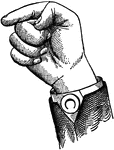
Non-Vocal Primary Top Consonant
Consonants have a closed or narrowly expanded adjustment of the vocal organs, so that in their production…

Non-Vocal Primary Point Consonant
Consonants have a closed or narrowly expanded adjustment of the vocal organs, so that in their production…

Non-Vocal Primary Lip Consonant
Consonants have a closed or narrowly expanded adjustment of the vocal organs, so that in their production…
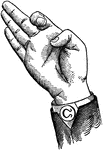
Non-Vocal Mixed Back Consonant
Consonants have a closed or narrowly expanded adjustment of the vocal organs, so that in their production…
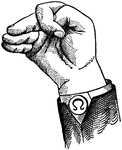
Non-Vocal Mixed Top Consonant
Consonants have a closed or narrowly expanded adjustment of the vocal organs, so that in their production…

Non-Vocal Mixed Point Consonant
Consonants have a closed or narrowly expanded adjustment of the vocal organs, so that in their production…
Non-Vocal Mixed Lip Consonant
Consonants have a closed or narrowly expanded adjustment of the vocal organs, so that in their production…
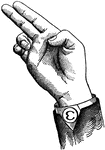
Non-Vocal Divided Back Consonant
Consonants have a closed or narrowly expanded adjustment of the vocal organs, so that in their production…
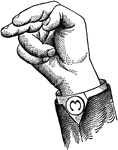
Non-Vocal Divided Top Consonant
Consonants have a closed or narrowly expanded adjustment of the vocal organs, so that in their production…

Non-Vocal Divided Point Consonant
Consonants have a closed or narrowly expanded adjustment of the vocal organs, so that in their production…

Non-Vocal Divided Lip Consonant
Consonants have a closed or narrowly expanded adjustment of the vocal organs, so that in their production…
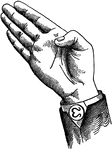
Non-Vocal Mixed-Divided Back Consonant
Consonants have a closed or narrowly expanded adjustment of the vocal organs, so that in their production…
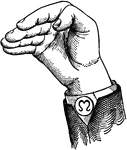
Non-Vocal Mixed-Divided Top Consonant
Consonants have a closed or narrowly expanded adjustment of the vocal organs, so that in their production…
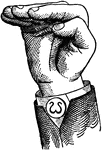
Non-Vocal Mixed-Divided Point Consonant
Consonants have a closed or narrowly expanded adjustment of the vocal organs, so that in their production…

Non-Vocal Mixed-Divided Lip Consonant
Consonants have a closed or narrowly expanded adjustment of the vocal organs, so that in their production…
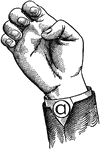
Non-Vocal Shut Back Consonant
Consonants have a closed or narrowly expanded adjustment of the vocal organs, so that in their production…
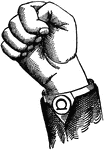
Non-Vocal Shut Top Consonant
Consonants have a closed or narrowly expanded adjustment of the vocal organs, so that in their production…

Non-Vocal Shut Point Consonant
Consonants have a closed or narrowly expanded adjustment of the vocal organs, so that in their production…

Non-Vocal Shut Lip Consonant
Consonants have a closed or narrowly expanded adjustment of the vocal organs, so that in their production…

Non-Vocal Nasal Back Consonant
Consonants have a closed or narrowly expanded adjustment of the vocal organs, so that in their production…

Non-Vocal Nasal Top Consonant
Consonants have a closed or narrowly expanded adjustment of the vocal organs, so that in their production…

Non-Vocal Nasal Point Consonant
Consonants have a closed or narrowly expanded adjustment of the vocal organs, so that in their production…

Non-Vocal Nasal Lip Consonant
Consonants have a closed or narrowly expanded adjustment of the vocal organs, so that in their production…

Vocalized Primary Back Consonant
Consonants have a closed or narrowly expanded adjustment of the vocal organs, so that in their production…
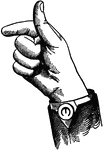
Vocalized Primary Top Consonant
Consonants have a closed or narrowly expanded adjustment of the vocal organs, so that in their production…

Vocalized Primary Point Consonant
Consonants have a closed or narrowly expanded adjustment of the vocal organs, so that in their production…
